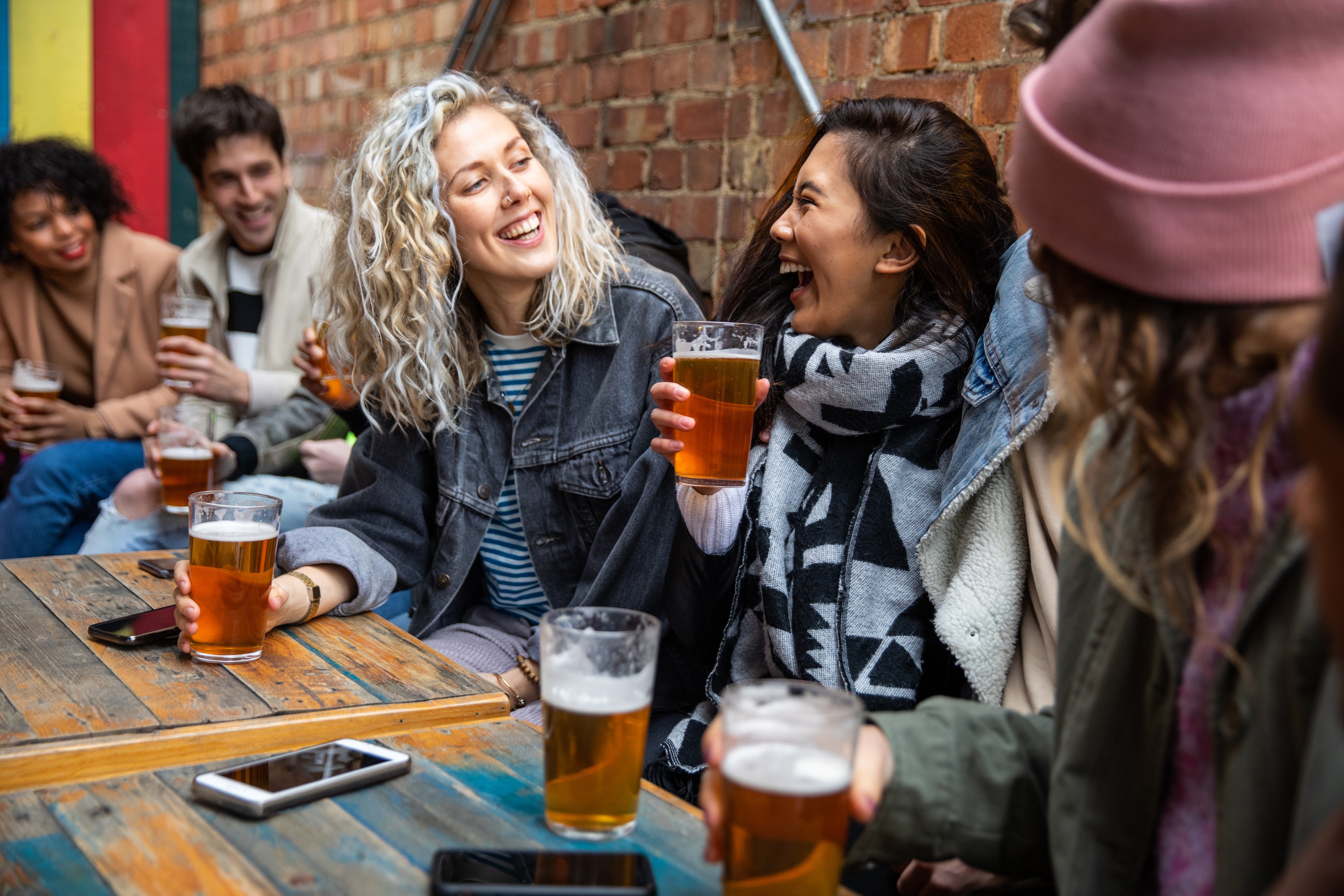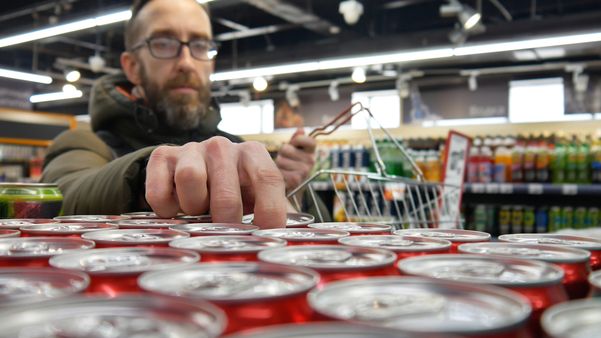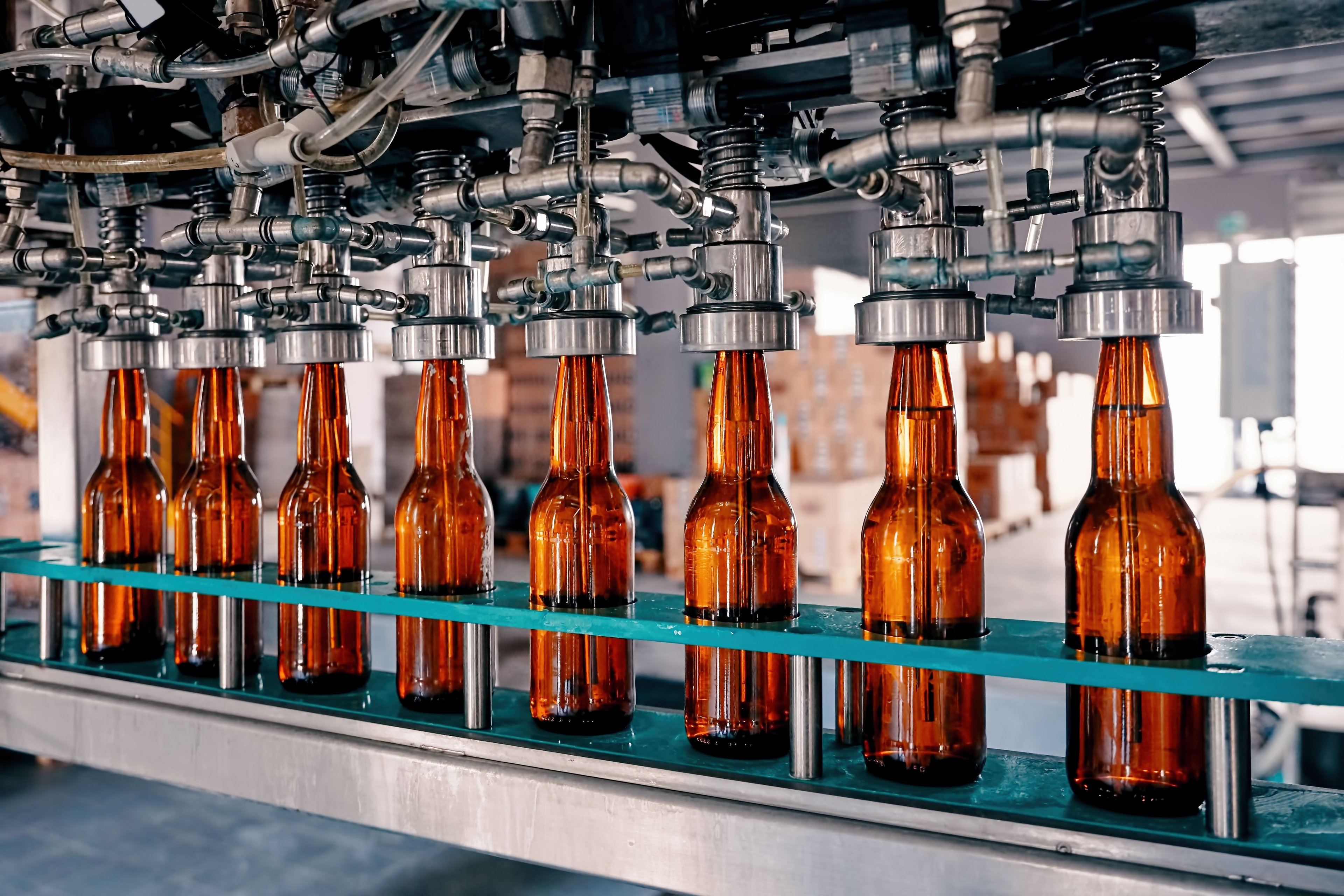There are more breweries in existence today than at any other time in U.S. history, and the mega-brewers are finding their watered-down suds being rejected in favor of more flavorful craft beers, while craft brewers are having trouble gaining more than just a sliver of the pie because there's just too much choice on package store shelves and on tap at local bars.
Changing drinker preferences are also wreaking havoc with sales as consumers have increasingly exhibited a fondness for spirits and wine, which are enjoying newfound popularity. Add in the growing movement to legalize marijuana sales, which gives people a different way to catch a buzz, and the beer industry looks like it's reached an inflection point.

Image source: Getty Images.
Over a barrel
According to the Brewers Association, there are more than 5,300 breweries in operation in the U.S. producing almost 197 million barrels of beer last year. While 99% of the breweries are craft brewers, they accounted for 24 million barrels in 2016, up 6% year over year, or 12.3% of the total.
Despite this seeming healthy growth, the biggest brewers are having problems. Anheuser-Busch InBev (BUD 0.09%) produced over 500 million hectoliters globally in 2016, or about 13.2 billion gallons (about 425 million barrels), though on an organic growth basis, that was down 2% from the year before. In comparison, leading craft brewer Boston Beer (SAM +0.93%) produced 974,000 barrels last year, up 1.7%, but saw depletions, or sales to distributors and retailers, an industry proxy for demand, fall 5% year over year.
At the same time, spirits demand, particularly for American whiskey, has never been stronger. The Distilled Spirits Council of the U.S. says bourbon, Tennessee whiskey, and rye enjoyed an 8% jump in sales last year to $3.1 billion, with volumes rising 6.8% to 21.8 million cases.
Similarly, sales of U.S.-produced wines are also enjoying a rebirth of interest. Revenues hit $39.8 billion last year, a 5% increase from 2015, and if you include imported wines, sales rose to $60 billion. According to the market researchers at IRI Worldwide, wine now holds 32.9% of the adult beverage dollar share, compared to beer, which saw its dollar share decline 0.3% to 49.2% of the total.

Image source: Getty Images.
Going sky high
The added wrinkle in these changing preferences is what role legalized marijuana will play in beer sales. There are 26 states and the District of Columbia that have legalized marijuana to some extent, with California, Massachusetts, Maine, and Nevada all passing ballot measures last November to allow recreational use.
Analysts have pointed to beer sale volumes falling somewhat in states that legalized marijuana like Washington, Oregon, and Colorado as a cause for the shortfall, and the question intrigued the folks at Foursquare, which analyzes anonymous, aggregated foot-traffic data.
Because the location intelligence outfit has recorded nearly 11 billion check-ins from the 50 million monthly users across both its Foursquare City Guide and Foursquare Swarm, a "game of life," where you can earn real-world perks as well as fun accomplishments, such as being named mayor of a spot if you check in there enough times, it can get a sense of where people are going.
It dove deep into the data from Oregon to see just what effect, if any, weed legalization has had on alcohol sales. It was seen as a perfect test case since Oregon legalized it in October 2015, giving it the ability to make year-over-year comparisons in a state where, because of its recency, any impact would be immediately identifiable.

Image source: Getty Images.
Good news, bad news
The downside for the beer industry seems to be that while consumers are still visiting liquor stores in Oregon, they're not visiting them with as much frequency as they are elsewhere in the country. Although statewide liquor store visits grew by 5% to 10% between 2015 and 2016, the national average was twice that, suggesting Oregonians haven't been drinking at home quite as much as the rest of the country since marijuana legalization was approved.
The upside, though, is that bars, nightclubs, and lounges don't appear to have been affected by legalization at all as statewide visits in Oregon matched the 3% growth such venues registered nationally. That suggests bars may be more insulated from legalization than packaged-goods stores, and the "Netflix and chill" phenomenon doesn't quite seem to translate to the marijuana issue.
It's also important to note that Foursquare's data doesn't measure sales, only visits, and with the increased popularity of spirits and wine, it doesn't mean brewers can hope for bars to offset any decline at liquor stores; people might not be buying beer regardless of whether they're going out to a club or hanging out at home.
We've noted before that the beer industry, particularly craft brewers, is increasingly becoming a victim of its own success. Having grown to such a size, they are now primed for consolidation. If Foursquare's data is any indication, at least in states where marijuana has been legalized, it may hasten the shakeout set to occur.








